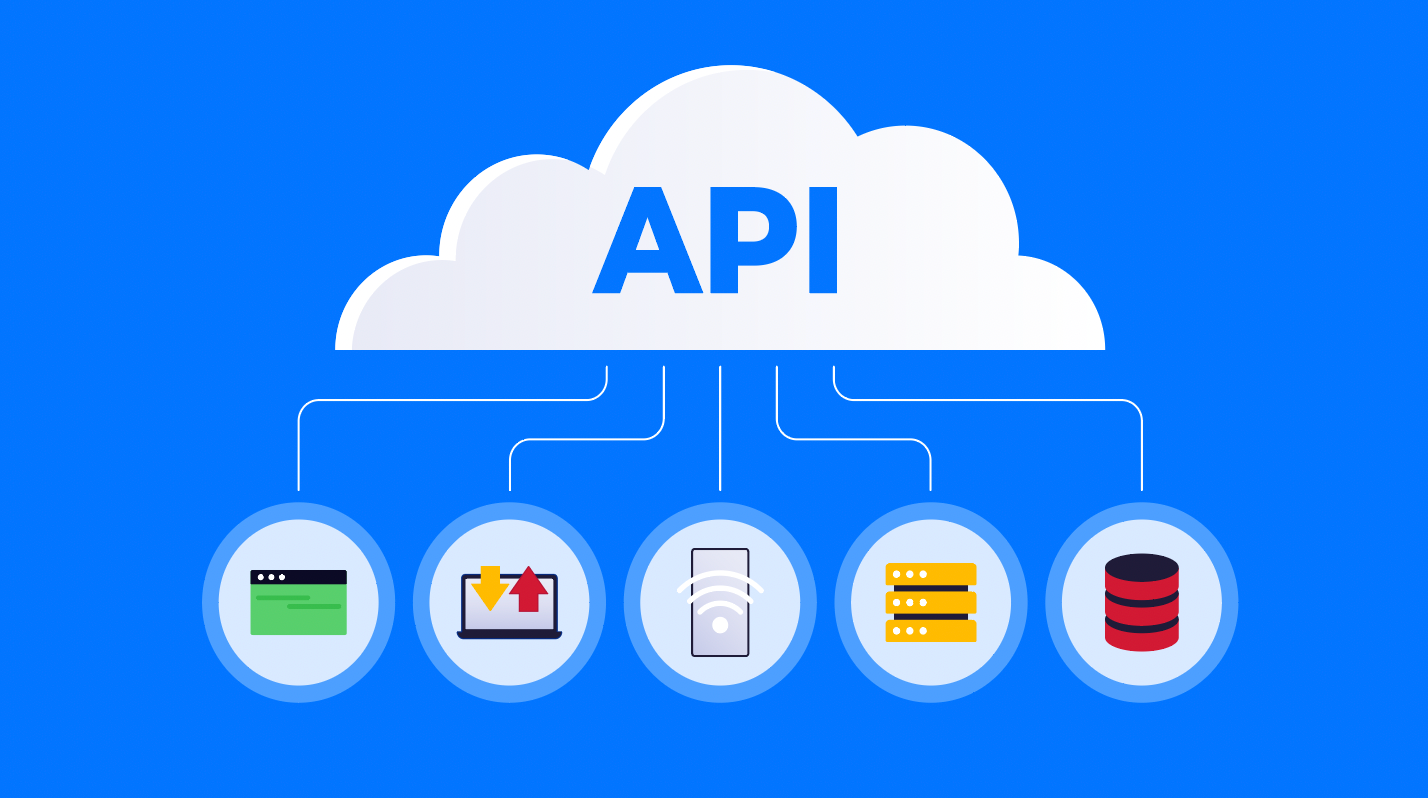If you’ve ever used an app on your phone, streamed a video online, or shared content on social media, you’ve likely interacted with an API. But what exactly is an API, and why are they important in today’s technology-driven world? In this article, we’ll explore what APIs are, how they work, and why they’re so crucial for businesses and software development. We’ll also provide a non-developer explanation of APIs for those who are new to the concept.
What is an API?
API stands for Application Programming Interface. Simply put, it’s a set of rules and protocols that allows different software applications to communicate with each other. APIs enable developers to access services or data from other applications, which they can then use to build new software products or enhance existing ones. APIs have become essential tools for businesses of all sizes, enabling them to streamline processes, improve user experiences, and drive innovation.
Related: Here is a Basic Understanding of an Algorithm
Non-Developer Explanation of an API
If you’re not a developer, understanding APIs can seem daunting. However, a good way to think of an API is to imagine it as a waiter in a restaurant. When you go to a restaurant, you don’t go into the kitchen to prepare your own meal. Instead, you tell the waiter what you want, and they go to the kitchen and bring your food back to you.
Similarly, when you use an app or a website that relies on an API, you don’t need to know how the API works. You simply make a request for the data or service you need, and the API provides it to you.
Types of APIs
There are two main types of APIs currently in use:
- RESTful APIs
- SOAP APIs
RESTful APIs are the most common and popular type of API used today, and they are based on the HTTP protocol. They work by sending requests and receiving responses using the standard HTTP verbs: GET, POST, PUT, and DELETE.
SOAP APIs, on the other hand, are a more complex type of API that uses XML for data exchange. They are less popular than RESTful APIs but are still used in some enterprise-level applications.
The other we can mention is RPC. RPC stands for Remote Procedure Call, which is a protocol for communication between two computers over a network.
Related: Coding vs Programming: Here is the Difference
How APIs Work
APIs work by allowing different software applications to communicate with each other using a standardized set of protocols. When a developer wants to use an API, they send a request to the API provider with specific parameters. The API provider then processes the request and sends back a response in a standard format, such as JSON or XML. The developer can then use the response data to enhance their own application.
Benefits of APIs
APIs offer numerous benefits for businesses and software developers. Here are a few benefits to begin with:
- Increased efficiency: APIs can automate tasks and allow different applications to communicate with each other seamlessly.
- Reduced development time: APIs can help developers leverage existing services and data, rather than building everything from scratch.
- Improved user experience: APIs can provide access to a wider range of features and data, enhancing the user experience of an application.
- Increased innovation: APIs can facilitate the development of new products and services by allowing developers to combine and integrate different applications and data sources.
- Better scalability: APIs can help businesses scale their operations by allowing them to easily integrate new applications or services as needed.
- Increased revenue opportunities: APIs can enable businesses to generate new revenue streams by exposing their services and data to other applications and developers.
Related: Top 10 Programming Languages to Learn With Their Use Cases
Examples of APIs in Action
APIs are used in a wide range of applications, from social media platforms to e-commerce websites. Here are a few examples:
- Google Maps API: This API allows developers to integrate Google Maps into their own applications, enabling users to search for directions, find businesses, and view satellite imagery.
- Log-in Using XYZ: Another prominent example of API usage is the “log-in using Facebook/Twitter/Google/Github” functionality you always see.
- Twitter API: This API allows developers to access Twitter’s data and services, such as the ability to post tweets, search for tweets, and retrieve user information.
- Pay with PayPal: Ever used PayPal to pay for something, directly within an eCommerce store? Yep, that’s also an API at work.
- Facebook Graph API: This API allows developers to access Facebook’s social graph, which includes data about users, pages, groups, and events.
Conclusion
APIs have revolutionized the way software is developed, allowing applications to work together seamlessly. We do hope you have gotten a basic understanding of what exactly an API is from our article. Do let us know in the comment section if you have enjoyed this article.
Discover more from Dignited
Subscribe to get the latest posts sent to your email.












